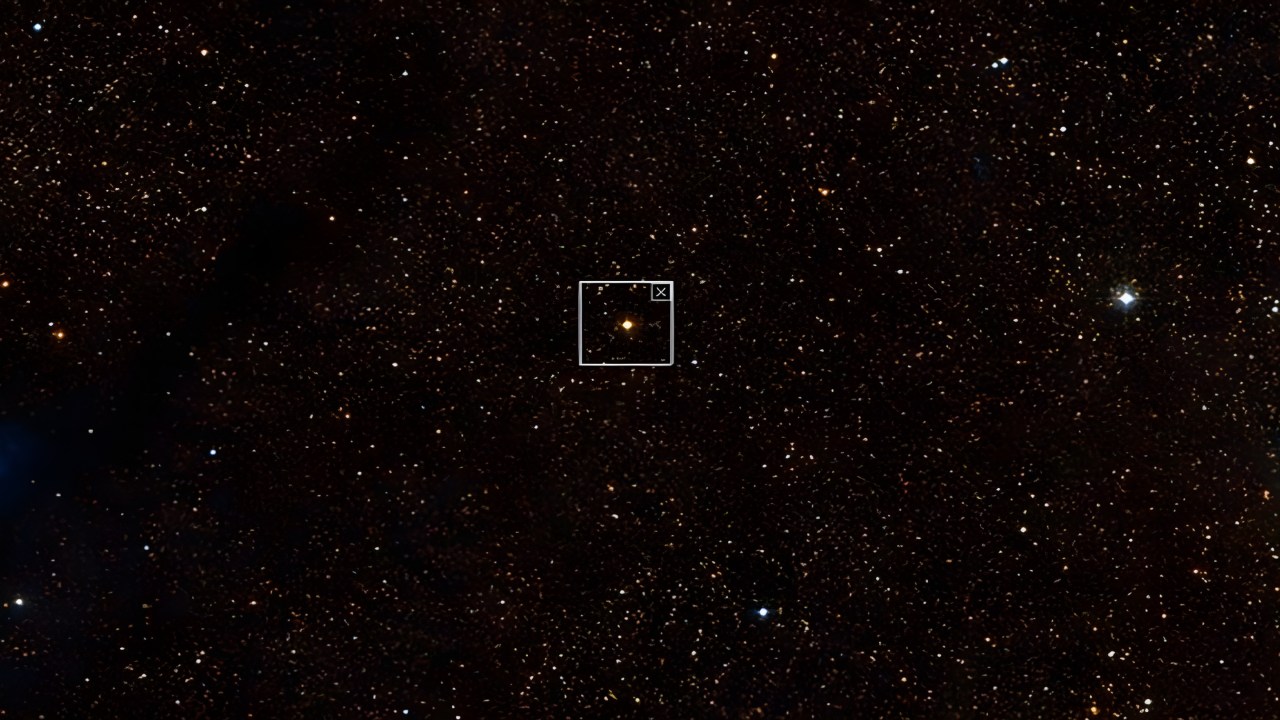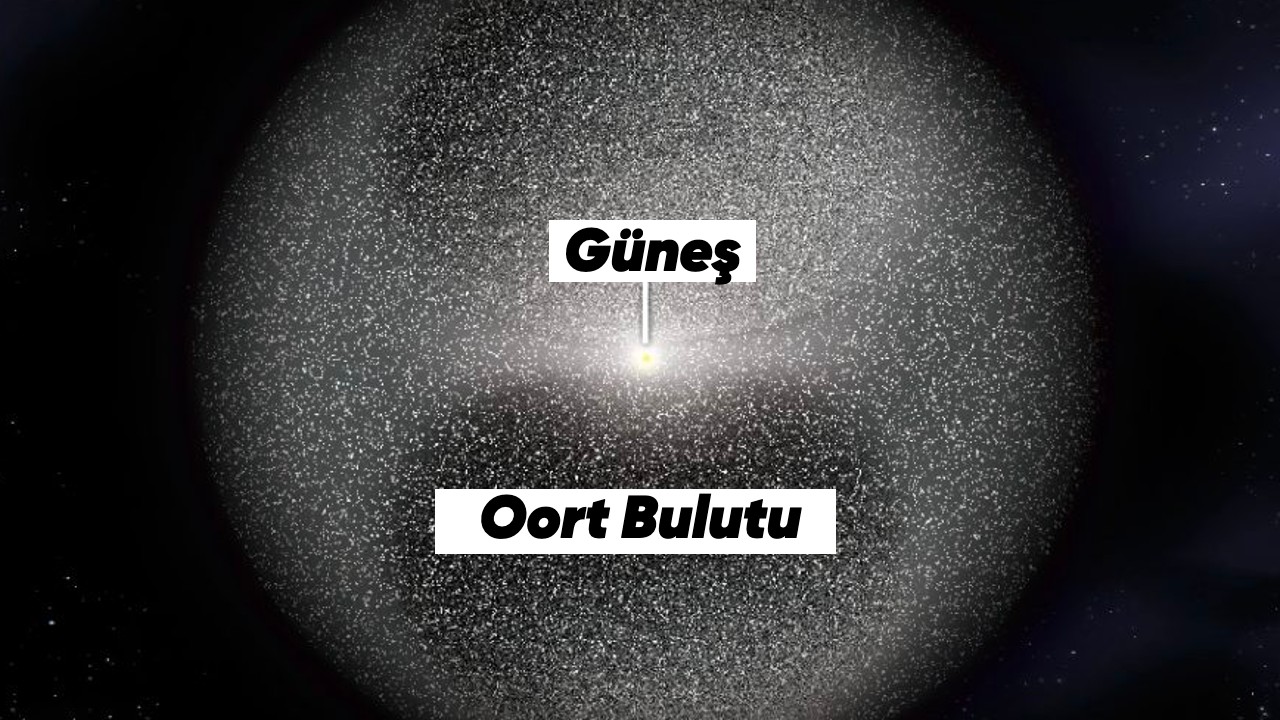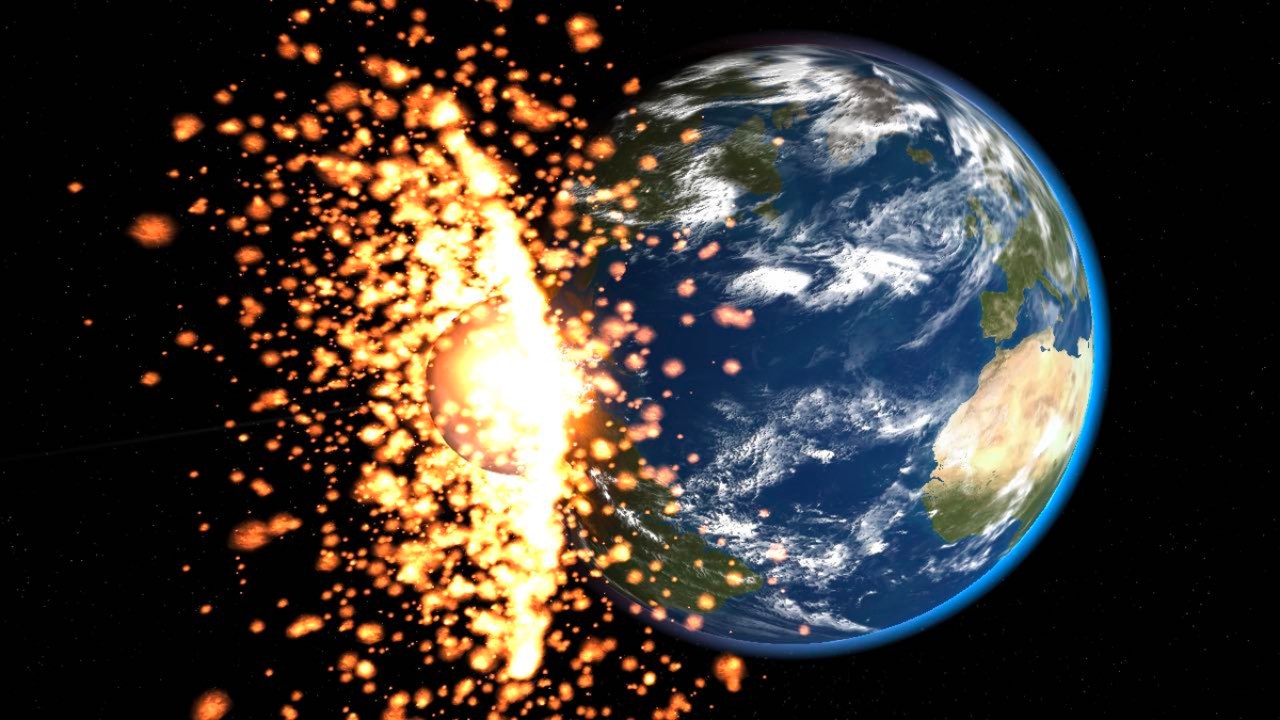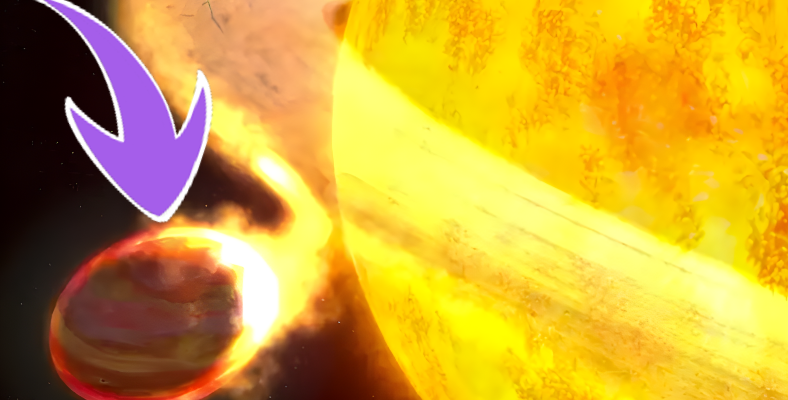The universe has a wonderful order, and the slightest unexpected movement of this order can result in great disasters. Well, have you ever thought about what awaits us if some stars that are quite far from the solar system approach the Sun and enter its orbit?
On average, a star passes near the Solar system once every 50,000 years. Many make an innocent visit but Some come so close that their movement becomes a cause for concern.
“How much can a star affect the Sun?” If you are one of those who say, let’s take a closer look at what can happen.
In fact, a faint red dwarf star called Scholz had already entered the borders of the Sun and invaded that region thousands of years ago.
This star’s first visit to the Sun was approximately 70,000 years ago and passed only 0.8 light-years from the Sun. The Scholz star ended his visit by returning quietly. But our ancestors whose pale reddish light he might have seen years ago It is estimated.
Nowadays, a star named Gliese 710 continues to move towards the Sun. Gliese 710 has on average 60% of the mass of the Sun and It continues to travel across the galaxy at 52,000 km/h.
So what will happen if Gliese 710 one day enters the Solar system?

What will happen to us if any star attacks the Solar system? It depends entirely on the size and orbit of the star. For example, as the Scholz star passed through the Oort cloud, it came five times closer to the solar system than Proxima Centauri, one of the closest stars.
Fortunately, we were lucky and despite all this, Scholz could not create an effect that would create chaos. Scholz star only It was able to change the orbits of approximately 10% of the asteroids and comets in the solar system. Additionally, Gliese 710 is not planned to make its first contact with the Solar system for another 1.29 million years.
Let’s keep thinking. What if something like this happens again?

If a star larger than the Sun enters the Oort cloud, The orbital cycle of every planet it passes will be negatively affected. Since the area of the solar system is quite large, these disruptions will of course occur over millions of years.
But when that day comes, It is predicted that there will be chaos in slow motion. Some planets will come to the point of collision, and unfortunately, this is not the worst thing that can happen.
If a stray star entering the Solar system had different planets following it, the orbits of the stars and planets in the Solar system would interfere with each other.

There will probably be quite violent clashes and a ripple effect that disrupts planetary orbits would occur. In addition to all this, when we look at the history of the Solar system, There are also estimates that 40,000 stars once entered the Oort cloud.
But considering that we have not experienced any catastrophes, these stars entering the solar system harmless and only visited this area It is possible to come to the conclusion and take a deep breath.
RELATED NEWS
What would await us if the sun were smaller than the earth?
RELATED NEWS
If the Sun “Never Rises” One Morning, What Will We Experience in the First 24 Hours?
RELATED NEWS
Is It Possible for the Sun to Rise in the West and Set in the East One Day? Here is the Answer of Science!
RELATED NEWS
